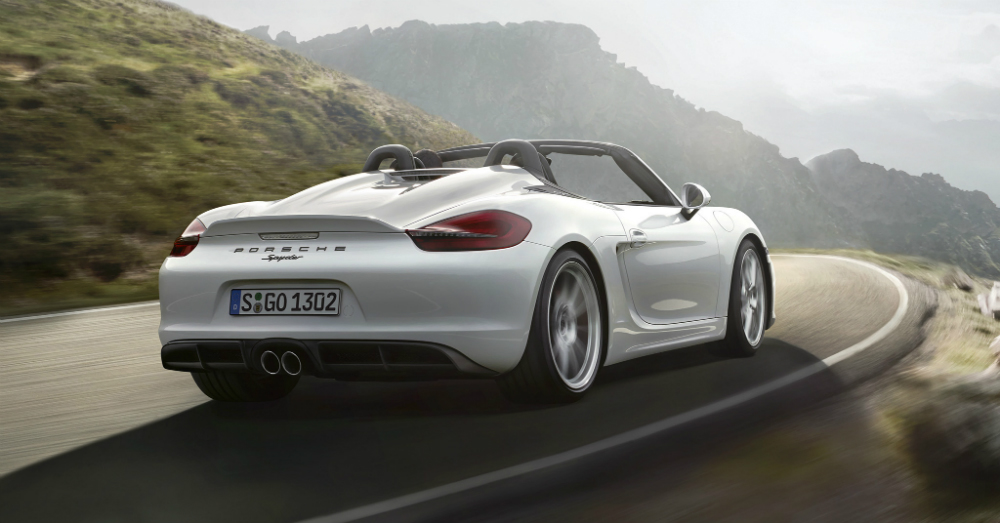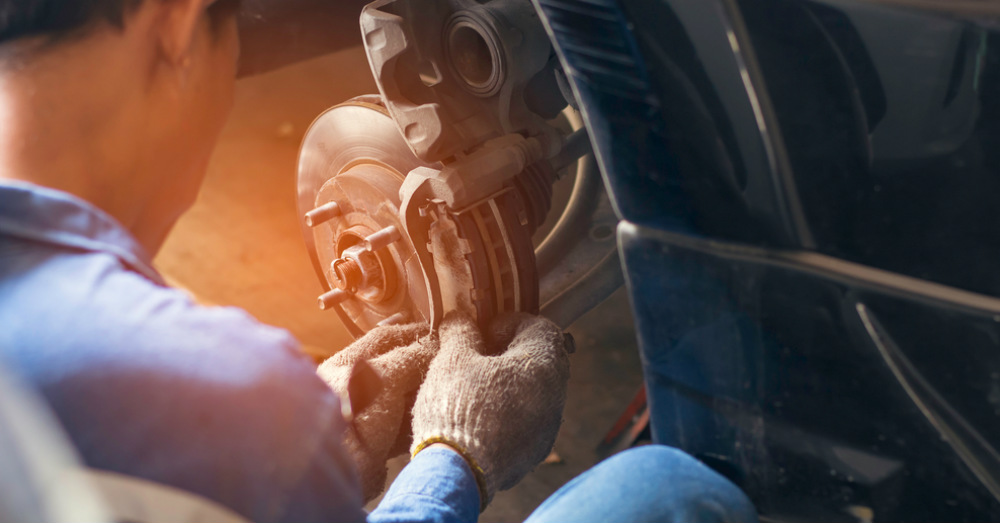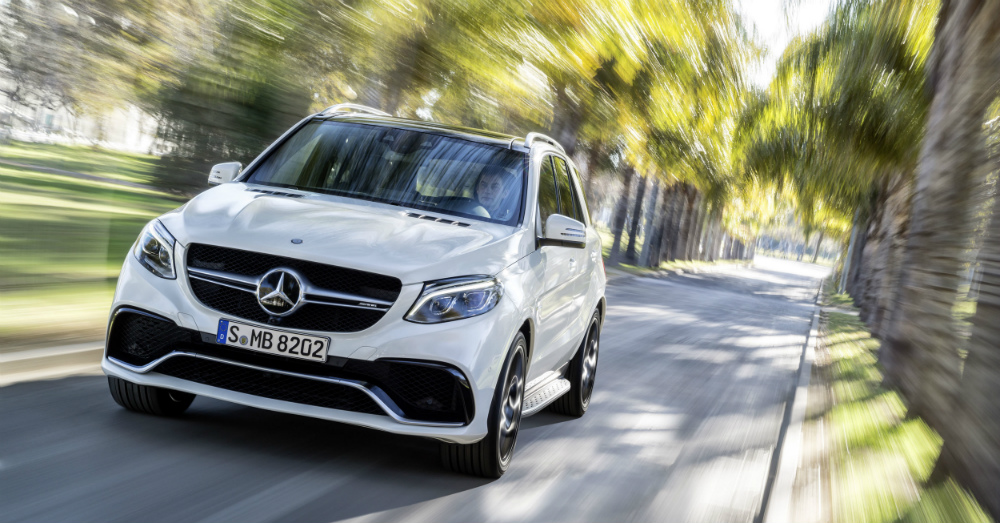The car that found a way to revitalize the Porsche name and give us a car that we could get behind on all fronts is about to change drastically. The Boxster is a car we love to drive and is a bit of a smaller build than the typical 911 which makes it feel more like a toy than a serious sports car, but it is a serious sports car. Because of emissions and fuel efficiency standards that are becoming increasingly strict the Boxster will now be called the Boxster 718 which means it will have a turbocharged four-cylinder engine under the hood rather than the normal flat six-cylinder that is naturally aspirated.
Yes, there has been an uproar regarding this change and some even think if it as sacrilegious, but if you are one that feels the change shouldn’t be made, blame the regulations and not Porsche. As Porsche works to comply with the times and remain one of the leaders in the industry for sports cars the reality set in that a turbocharged six-cylinder engine just won’t fit in the engine bay of the Boxster. By taking this engine down to four-cylinders and adding the turbocharging everything fits fine in the engine bay.
This is by no means the first time Porsche has used a mid-engine in the four-cylinder size. In the 1950s and into the 1960s the Porsche 718 RSK (hence the use of the Boxster 718 name) was used in racing cars built by Porsche. Cars with this engine were able to finish in the lead in many races and even led circuits such as Le Mans, Sebring and even had an overall victory at the 1959 Targa Florio which features some Ferrari models with a V12 engine. Because of this rich history and proven performance we shouldn’t think the new Boxster 718 will be anything but glorious, but it’s hard to believe the change comes when the Boxster is twenty years old and has been touted with saving the brand.
As amazing as the Porsche brand is performing today, and given the long and rich history of the brand you might think it has never faced any type of financial hardship, but that simply isn’t the case. In the early 1990s Porsche was on the verge of bankruptcy with a steady decline in sales from over 50,000 units in 1986 to 14,000 in 1993. The US economy caused much of this decline as only 3,000 of the 1993 sales were in the US which had been a major market for Porsche for many years. It didn’t help that Porsche had a bloated production process which kept driving the prices up at a time when sales were heading the wrong way.
By taking some inspiration from Mazda and the success of the Miata Porsche was able to create a mid-engine sports car that would be a small two seat roadster that would offer an affordable price. This new car would replace the 924/944/968 platform and be one that had some of the same features as the 550 Spyder that was part of the Porsche success of the 1950’s. With all this in mind the Boxster was created using the 986 platform, giving us the mid-engine small roadster that offered the price more customers could afford and the drive that was truly Porsche in every aspect.
Of course there was still another problem to deal with; the production process. By hiring former Toyota engineers a “just in time” production method was put into place to help eliminate the waste and build only the cars that are needed, when they are needed and in the numbers that are called for; not more than that. The process that was in placed could nicely be described as a complete mess, but with this new implementation the assembly time for one car was able to be reduced from 120 hours to 72 and the number of errors for each car was greatly reduced.
The challenge that ensued was to convince the world the 986 Boxster platform was different from the 996 Porsche 911 platform. From the onset these two cars appeared extremely similar but there were key differences such as the instrumentation that was more advanced in the 911 and the larger windshield of the 911. Even though both had basically the same engine the 996 platform was much more powerful, on purpose, and came at a higher price. Having both these cars as the sports car siblings under Porsche widened the possibilities for selling them and let those who had experienced and economic slide still be able to enjoy a sports car from Porsche if they so desired.
Even though there were many who felt the original Boxster was a dumbed down 911 this car was a huge success and became the best-selling model for the brand from 1996 to 2003. The Cayenne came along in 2004 and took over the spot, but by 2007 this growing lineup made Porsche the most profitable manufacturer in the industry on a per unit basis, all thanks to the Boxster that has now been refined to be a turbocharged four-cylinder beauty for us to admire and enjoy.
This post may contain affiliate links. Meaning a commission is given should you decide to make a purchase through these links, at no cost to you. All products shown are researched and tested to give an accurate review for you.




